Guided Reading Questions
At Hawkinge Primary School we feel that developing a love and enjoyment for reading is crucial. The questions below are useful questions to ask your son / daughter after they have read their book to you, to check their understanding, and improve their comprehension and understanding about the book they have just read. These are the types of questions we ask children in the Guided Reading lessons we have at school. Just select one or two from each section over the week to help your child improve their reading skills.

Each section of questions has its own heading which indicate the skills that are being developed.
Understand, describe, select and retrieve information, events or ideas from text
• What is the title?
• Why do you think the author uses this title?
• What might the text be about?
• Which word is used to describe the…?
• Can you identify an adjective that describes…?
• How has the author created suspense?
• What are the names of the main characters?
• What sort of person is…?
• Can you identify where the character changes his thoughts?
• Can you describe the story so far?
• When did this happen…?
• What is the main event of the story?
• What information are we told about in the first paragraph?
• Can you identify what is fact and what is opinion?
• What do you think will happen next?
• What does this word mean…?
• Can you think of another word for…?
Deduce, infer or interpret information, events or ideas from texts
• What sort of person is…? What makes you think this?
• How do you know this character was feeling…? Find two pieces of evidence.
• Why do you think this character did / said…?
• What does this tell you about…?
• What does this description reveal about the character?
• What choice would you have made and why?
• Can you put the following events in order?
• What three facts tell you that…?
• In what ways are these texts similar / different? Use the text to explain…?
Identify and comment on the structure and organisation of texts, including grammatical and presentational features
• What is the information at the back of the story called?
• Where will you find and index?
• What information will you find in a glossary?
• What information does this diagram tell us?
• Why did the author use arrows / bold writing / underline / colour?
• Which part of the text provides specific details about…?
• How has the way the title been written encourage you to read it?
Explain and comment on the writers’ use of language
• Why did the author choose to open with a question?
• What do the following words tell you about…?
• Why do you think this is an effective way to describe…?
• Which word tells you that…?
• Which words or phrases create suspense?
• Why do you think the author chose to write the sentence in this way?

Identify and comment on writers’ purposes and viewpoints and the overall effect of the text on the reader
• Who is your favourite character and why?
• Why do you think the author chose to use short sentences in this part of the story?
• Did you enjoy the start / end? Why?
• What in your opinion is the most exciting part of this story? Explain why?
• What can we learn from this story? Is their a moral message?
Relate texts to their social, cultural and historical context and literary traditions
• How does the text compare to other books that you have read by the same author.
• What genre best describes this story?
• What type of text is this? How do we know?
